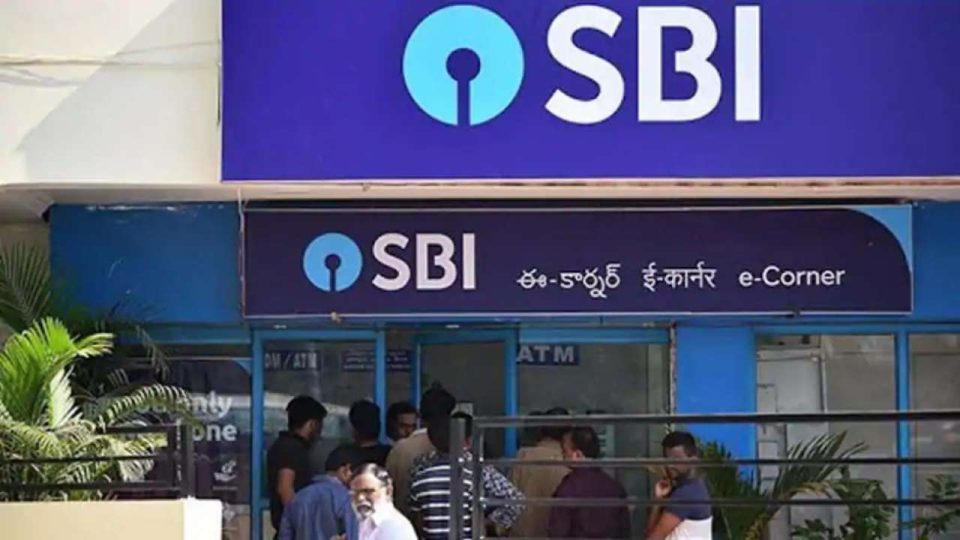The country’s largest lender, State Bank of India, has raised its marginal lending rate based on the cost of funds by ten basis points or 0.1 per cent, a move that will result in higher EMIs for borrowers. It was the second-rate hike in a month, and costs were raised by 0.2 per cent twice in a row. The revision comes after the Reserve Bank raised off-cycle interest rates earlier this month. The central bank raised the repo rate – the rate at which short-term funds are lent to banks – from 0.40 per cent to 4.40 per cent.
Other banks are likely to follow SBI revisions to lending rates in the coming days. With this increase, EMIs will rise for those borrowers who get loans at MCLR (Marginal Cost of Funds Lending Rate) but not for those whose loans are tied to other benchmarks.
From April 1, SBI’s External Benchmark Lending Rate (EBLR) will be 6.65 per cent, while the Repo Linked Lending Rate (RLLR) will be 6.25 per cent. Banks add a credit risk premium (CRP) to EBLR and RLLR when taking out any loan, including home loans and auto loans.
The revised MCLR rates are effective from May 15, according to the information posted on the SBI website. With the revisions, the one-year MCLR has been increased to 7.20 per cent from the previous 7.10 per cent. The overnight, one-month and three-month MCLR rose ten basis points to 6.85 per cent, while the six-month MCLR rose to 7.15 per cent. Most loans are tied to a one-year MCLR rate.
Meanwhile, the two-year MCLR rose 0.1 per cent to 7.40 per cent, while the three-year MCLR rose to 7.50 per cent. Several banks have already raised interest rates following the RBI adjustment, and more are expected to follow in the coming days.
 Live
Live

